Keeping hydrangeas blue with azalea soil & vinegar?
Brian
14 years ago
Related Stories
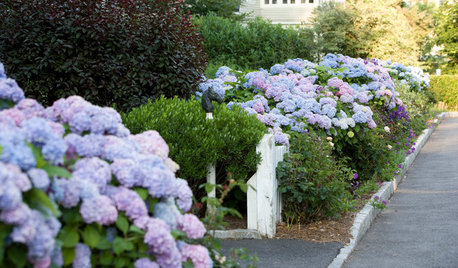
FLOWERSWhy You Should Give Hydrangeas a Place in Your Yard
The exuberant mop-headed beauties evoke dreams of an endless summer by the sea
Full Story
GARDENING GUIDESGrow a Beautiful Garden in Alkaline Soil
Got alkaline soil? Learn how to manage it and the many beautiful plants that will thrive in this ‘sweet’ soil
Full Story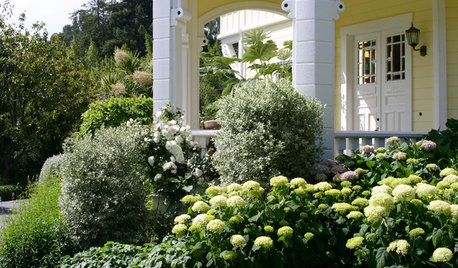
GARDENING AND LANDSCAPINGHave a Ball With Hydrangeas
Even if you don't tinker with the hue by changing the soil, hydrangeas have an entertaining range of uses in all kinds of landscapes
Full Story
GARDENING GUIDESHave Acidic Soil in Your Yard? Learn to Love Gardening Anyway
Look to acid-loving plants, like conifers and rhododendrons, to help your low-pH garden thrive
Full Story
GARDENING GUIDESHow to Stop Worrying and Start Loving Clay Soil
Clay has many more benefits than you might imagine
Full Story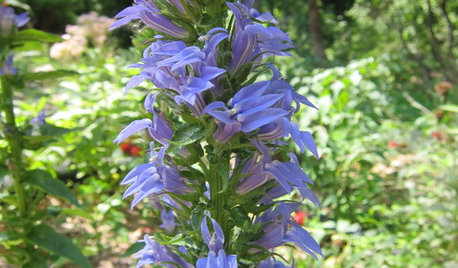
GARDENING GUIDESGreat Design Plant: Lobelia Siphilitica Keeps Its Cool
Great blue lobelia, a flowering native that prefers moist soil, adds a calming blue hue to the late-summer garden
Full Story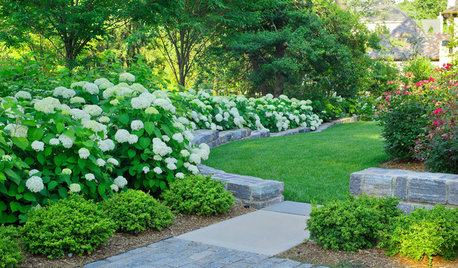
FLOWERS AND PLANTSHydrangea Arborescens Illuminates Garden Borders and Paths
This long-blooming eastern North American native shrub finds a home in landscapes around the world
Full Story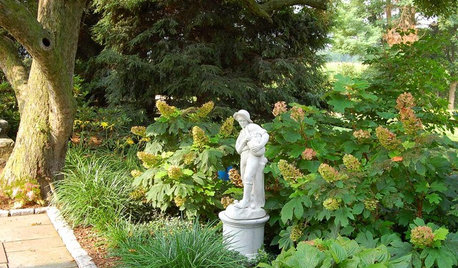
GARDENING GUIDESGreat Design Plant: Oakleaf Hydrangea
Consider this full, flowering shrub for year-round beauty in the garden as you plan your fall plantings
Full Story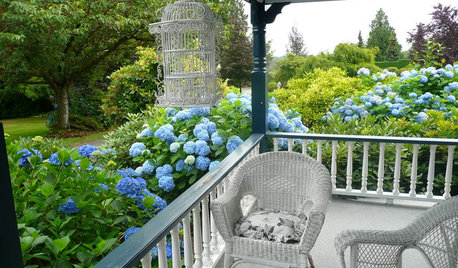
GARDENING GUIDESSummer Gardens Sing With Blues
When hot weather hits, bursts of blue keep the garden palette cool and calm
Full Story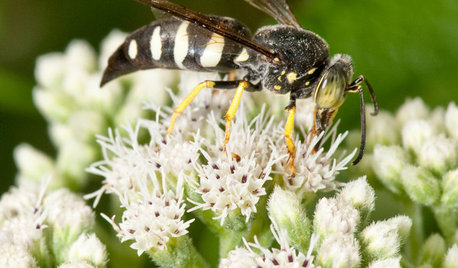
GARDENING GUIDESSand Wasps Keep True Bugs in Check and Help Pollinate Summer Flowers
Look for these solitary wasps nesting in sandy sites and foraging on flowers in July and August
Full Story






gardengal48 (PNW Z8/9)
BrianOriginal Author
Related Professionals
Erie Landscape Architects & Landscape Designers · Finneytown Landscape Architects & Landscape Designers · Belmont Landscape Contractors · Berwyn Landscape Contractors · Lantana Landscape Contractors · Lewisville Landscape Contractors · Longview Landscape Contractors · Milford Landscape Contractors · Mission Landscape Contractors · Palos Verdes Estates Landscape Contractors · Soddy Daisy Landscape Contractors · Leesburg Siding & Exteriors · Marion Siding & Exteriors · Paterson Siding & Exteriors · South Laurel Siding & Exteriorstulipsmiles
tsmith2579
gardengal48 (PNW Z8/9)
BrianOriginal Author
HU-868062058
luis_pr
gardengal48 (PNW Z8/9)
Tim Wood